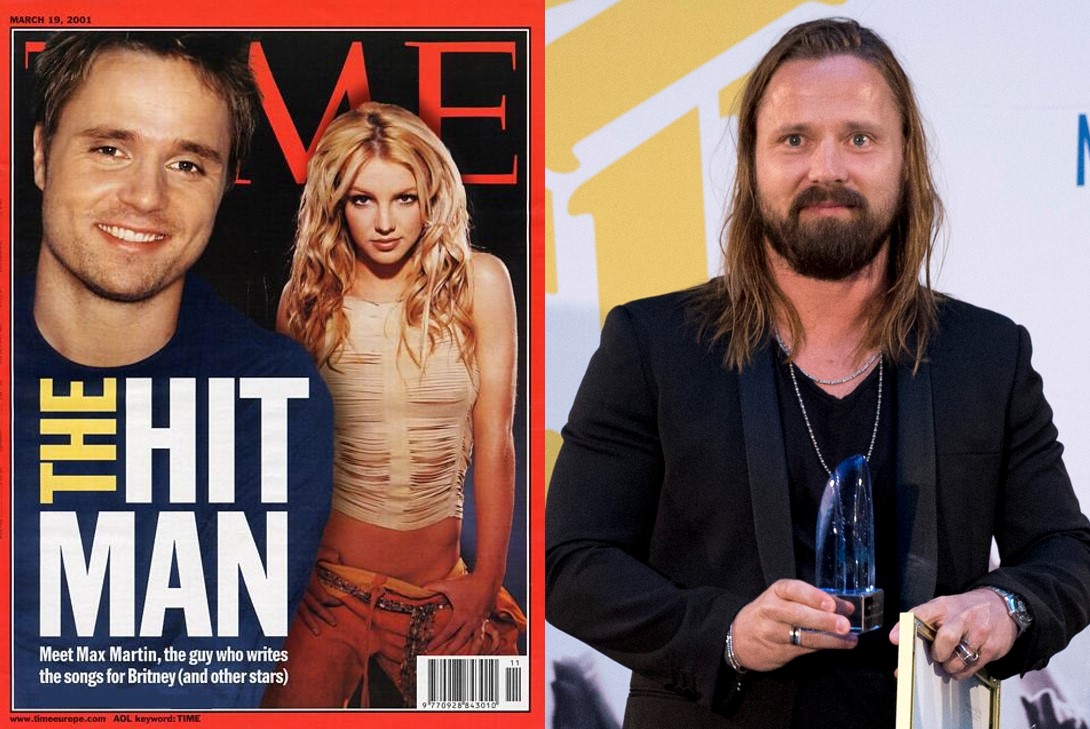
“I came, I saw, I conquered” – Caesar
Rhetoric training
Veni, vidi, vici
Have you ever noticed that many companies have a name consisting of three letters? I’m sure you can think of a lot right away: BMW, SAP, DHL, UPS, IBM, ZDF, ARD, etc. Many flags are also made up of three colors and many well-known slogans often have only three words: iPad – thinner, lighter, faster; Nike – Just do it, Audi – Vorsprung durch Technik. BMW – the joy of … you know. And there are more with the three: Obama – “Yes, we can”, Church – “Father, Son and the Holy Spirit”.
There are phrases that are still quoted even after more than 2000 years: Caesar’s “veni, vidi, vici”, for example. Politicians also use the “magic three”: Hillary Clinton – “We came, we saw, he died” (Gaddafi) or Georges Clemenceau: “I will fight in front of Paris, I will fight in Paris, I will fight behind Paris.”
All coincidence?
Certainly not.
Is there an explanation?
No. Just a lot of explanations. The simplest: “It is what it is” (loosely based on the Rhineland philosophy of life). We humans are just the way we are and have probably been conditioned to certain mechanisms for thousands of years. For your purposes, it is also pointless to think about how the human brain works. It is probably much more relevant for you to use these mechanisms for your goals. The “magic three” in particular is a rhetorical tool that you can use to make your speeches, presentations or lectures more effective .
What color is snow?
Another example of how you can use modern rhetoric in your communication is the targeted use of psychological mechanisms. For example, the so-called “priming”. Answer the following questions:
What color is snow?
What color are clouds?
What color is flour?
What color is a doctor’s coat?
What does the cow drink?
What is the answer to the last question? Did you perhaps answer “milk”? This will show you how you can use simple rhetorical tools to shape your speeches, presentations and speeches in such a way that your audience thinks what you want them to think.
The Nobel Prize winner Daniel Kahneman (incidentally the only psychologist to have received the Nobel Prize in Economics to date) has delivered groundbreaking findings in this area, which we have tailored to the needs of managers and executives. This will make you more successful in motivating people, guiding them or getting them to do something in your favor.
Good rhetoric benefits you every day
Good rhetoric is not only useful in speeches, lectures and presentations. The technique of good rhetoric applies to virtually every type of communication. Rhetoric training therefore helps you to fundamentally improve your communication skills. In conversations with customers, during small talk in the elevator, in telephone conferences, in e-mail texts, business letters and business memos – in short, in all situations in which you want to achieve something with words.
Is there a rhetoric success code?
Yes, it does exist. It starts with your attitude to communication and includes many, many methods and tools that improve the impact of your communication. Over two thousand years ago, orators such as Aristotle and Cicero laid the foundations. We summarize the best insights for managers in a rhetoric training course.
As in music
In music, the code for success is the “Max Martin sound”. The Swede Max Martin has cracked it and become one of the world’s most successful music producers and songwriters. He has helped musicians such as Katie Perry, Britney Spears, Maroon 5, Taylor Swift, The Weeknd and Nsync to become stars.

By people, for people
Rhetoric is no different from music: it is by people for people. If you want to be successful, you need to understand people first and foremost. The SPARKPOINT method provides you with the right instruments for you and shows you how to play them so that you too can become a “Rhetoric Max Martin”.
Max, what are you waiting for?
